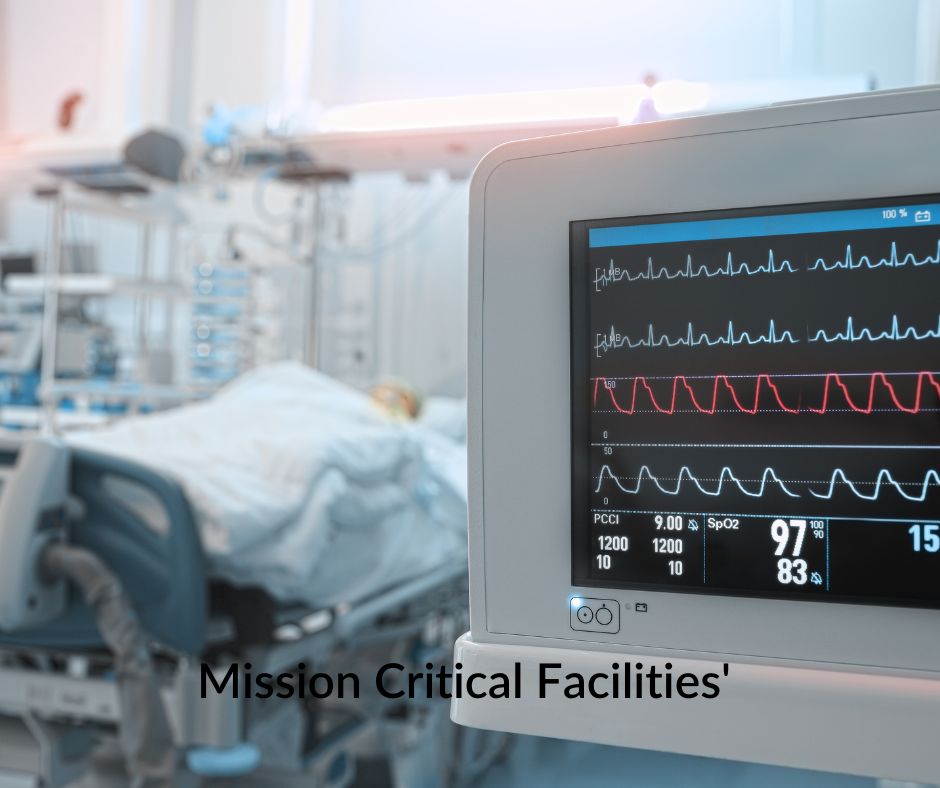In a world where the stakes are high, and the margin for error is slim, mission-critical businesses stand on the front lines of reliability and efficiency. These enterprises, vital for the seamless operation of our society, cannot afford the luxury of downtime. It’s here, in the heart of operational continuity, that Hybrid Thermal Energy Storage (HTES) systems, especially those boasting a Black Star rating, become pivotal. Let’s explore the critical role of these systems in ensuring that mission-critical operations remain uninterrupted and how they redefine the standards for resilience and sustainability.
The Heartbeat of Modern Infrastructure
At the core of mission-critical businesses—be it healthcare facilities, data centers, or financial services—is the uncompromising need for constant operational readiness. These sectors form the backbone of our digital and physical worlds, where even a momentary lapse can lead to cascading failures with far-reaching consequences. The recent shift towards more sustainable and reliable energy solutions has spotlighted the importance of innovative energy storage technologies. Among these, HTES systems emerge as a game-changer.
The Role of Hybrid Thermal Energy Storage
HTES systems represent a leap in energy storage technology, combining the advantages of both thermal and electrical storage methods. These systems are designed to absorb and store energy in multiple forms, allowing for the efficient management of energy resources. By leveraging the inherent stability of thermal storage, alongside the flexibility of electrical storage, HTES systems provide a balanced and resilient energy solution, perfectly suited for the high-stakes environment of mission-critical operations.
Black Star Rating: The Seal of Supreme Reliability
A Black Star rating is the gold standard for evaluating the reliability and resilience of HTES systems. This rating signifies that a system possesses the highest level of operational integrity, capable of withstanding and recovering from severe disruptions without external assistance. For mission-critical businesses, a Black Star-rated HTES system is not just an asset; it’s a shield against the unforeseen, ensuring that critical operations can continue unabated, even in the face of dire circumstances.
The Unseen Hero
One of the unsung heroes in the realm of mission-critical operations is the reliability provided by HTES systems. These systems ensure a continuous energy supply, a fundamental requirement for operations that simply cannot stop. In the event of a power outage or a significant energy supply disruption, HTES systems kick into gear, providing a seamless transition to stored energy resources. This capability is crucial, not just for maintaining operational continuity but also for safeguarding data integrity, ensuring patient safety in healthcare settings, and securing financial transactions.
Beyond Reliability: Sustainability and Efficiency
The integration of HTES systems extends beyond mere reliability. These systems also stand at the forefront of sustainability, offering a pathway to greener operations. By optimizing energy use and reducing dependence on fossil fuels, HTES systems contribute to a lower carbon footprint for mission-critical businesses. Moreover, the efficiency gains from utilizing stored energy can lead to significant cost savings over time, making HTES an economically viable solution as well.
As we navigate the complexities of our modern infrastructure, the significance of HTES systems, particularly those with a Black Star rating, cannot be overstated. These systems offer a robust solution to the challenges faced by mission-critical businesses, ensuring operational continuity, enhancing sustainability, and driving efficiency. In a world where failure is not an option, HTES stands as a beacon of reliability, safeguarding the heartbeat of our most critical operations. For mission-critical businesses looking to the future, investing in HTES technology is not just a strategic move; it’s an essential step toward resilience in an unpredictable world.

